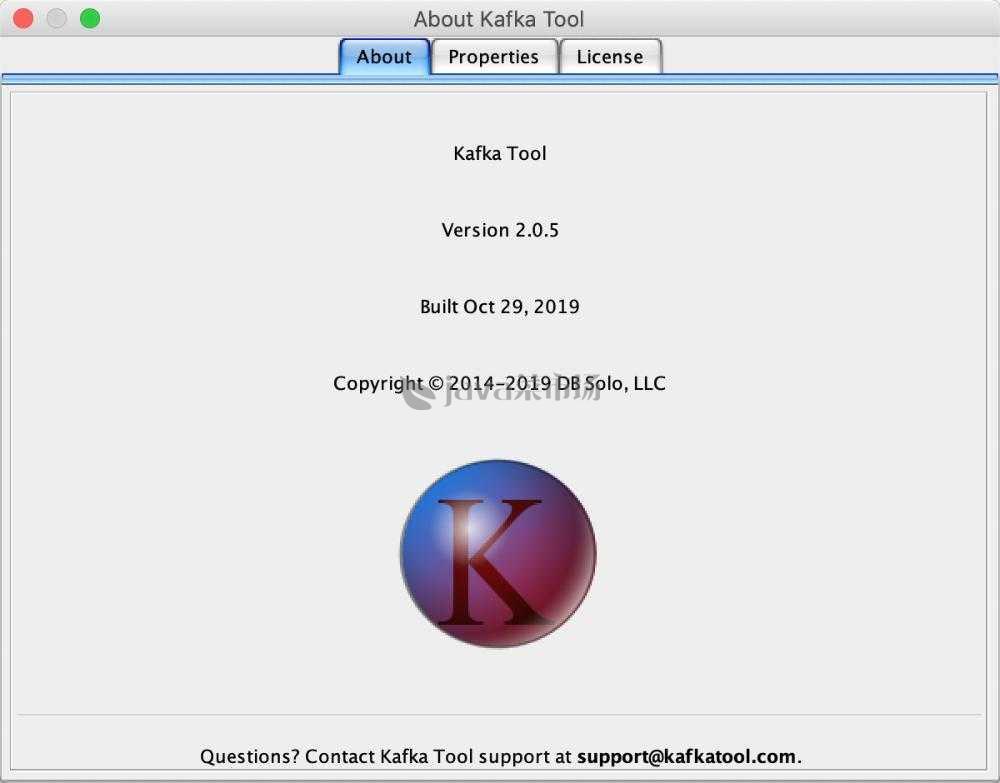

This way, the client doesn’t have to know at all times the list of all the brokers. The address used in the initial connection is simply for the client to find a bootstrap server on the cluster of n brokers, from which the client is then given a current list of all the brokers. This list is what the client then uses for all subsequent connections to produce or consume data.The broker returns metadata, which includes the host and port on which all the brokers in the cluster can be reached.The client initiates a connection to the bootstrap server(s), which is one (or more) of the brokers on the cluster.

On one is our client, and on the other is our Kafka cluster’s single broker (forget for a moment that Kafka clusters usually have a minimum of three brokers).

It’s simplified for clarity, at the expense of good coding and functionality 🙂 An illustrated example of a Kafka client connecting to a Broker It’s very simple and just serves to illustrate the connection process. It’s written using Python with librdkafka ( confluent_kafka), but the principle applies to clients across all languages. It’s a fully managed Apache Kafka service in the cloud, with not an advertised.listeners configuration for you to worry about in sight!īelow, I use a client connecting to Kafka in various permutations of deployment topology. If the nuts and bolts of the protocol are the last thing you’re interested in and you just want to write applications with Kafka you should check out Confluent Cloud. To read more about the protocol, see the docs, as well as this previous article that I wrote. The broker details returned in step 1 are defined by the advertised.listeners setting of the broker(s) and must be resolvable and accessible from the client machine. What sometimes happens is that people focus on only step 1 above, and get caught out by step 2. If the broker has not been configured correctly, the connections will fail.

If you know of anyone in your sphere of contacts, who would be a perfect match for this job then, we would appreciate if you can forward this posting to them with a copy to us.When a client wants to send or receive a message from Apache Kafka ®, there are two types of connection that must succeed: If interested please send your updated resume and include your Salary requirement along with your contact details with a suitable time when we can reach you. Knowledge of cloud technologies like Docker, Kubernetes, GCP and Azure is a plus. Servlets, JSP, JDBC, Web Services (REST), JPA, JMS.Įxperience in design & development of multi-tier system. ATG developer will leverage latest ATG ecommerce technologies to lead enterprise level ecommerce initiatives by designing and developing a ATG commerce platform through database design, application development, and J2EE apps.īachelor’s degree or equivalent in Computer Science, Engineering (Any) or related field.ĥ years of experience building scalable ecommerce applications.Įxperience with ATG web commerce, Spring framework, Hibernate ework.


 0 kommentar(er)
0 kommentar(er)
